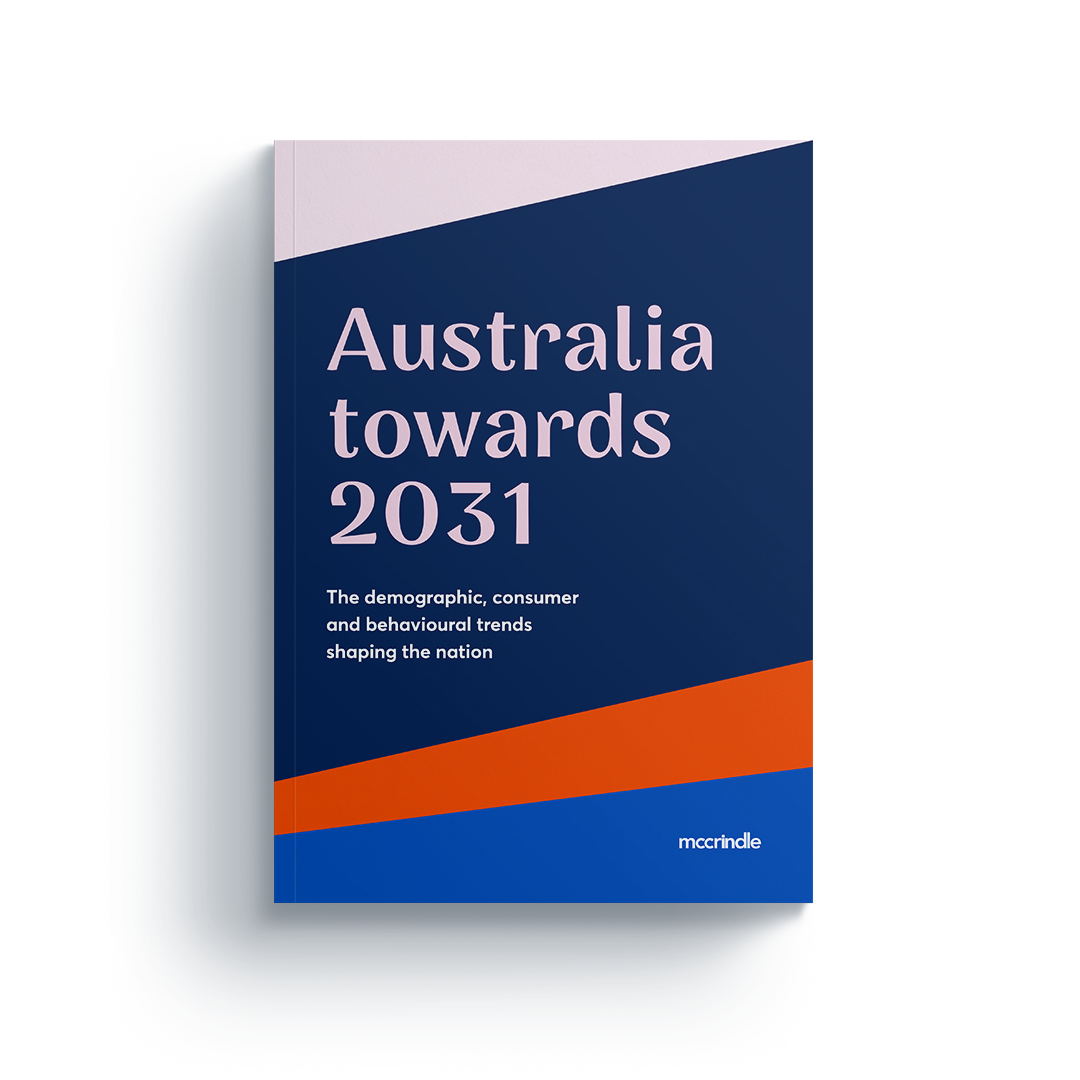Australia’s cultural diversity

Australia is a nation of migrants. Not only was more than one in four Australians born overseas, but half of all households have at least one parent born overseas. We have more residents born overseas than other icons of cultural diversity like the United States, Canada, and the United Kingdom. More than half (58%) of Australia’s population growth is occurring through Net Overseas Migration, and one in five households speak a language other than English at home across Australia.
What has made our community of diversity work so well is the dynamic nature of our migration patterns. The census data shows that we have more than 200 nationalities here with none particularly dominating. While for 200 years there has been significant migration from Western Europe, after WW2 we saw big numbers arriving from Italy and Greece and in the 1960’s and 70’s we saw a flow from Eastern Europe. By the 1980’s we saw migration waves from Hong Kong, Vietnam and Sri Lanka. By the early 2000’s migration from South East Asia was added to with large numbers from mainland China and more recently, migration flows from the Middle East and Africa.
Why migrant communities tend to cluster
It is certainly possible for an ethnic group to establish dominance of an area, enabling non-English-speaking migrants to connect with family members, speak with others who share the same language, purchase food from dedicated shops and to attend the same church, mosque or synagogue. New migrants arriving move to areas where they can connect with others from their culture, but as their economic and social resources grow, they move to new areas, and the next generation move to other suburbs or areas again.
Is Australia heading towards a European Model?
Australia’s migration has created cultural diversity rather than multiculturalism (where different cultural groups create their own locales). So the issues we see in some parts of Paris or London, sometimes described as mono-cultural ghettos, no-go zones or enclaves, we just don’t see in Australia. While some worry about an area becoming dominated by one ethnic group or other, the flow of our migration patterns will change these areas and again create the mix of nationalities, which is that great melting pot of diversity that Australia is so well known for and such a global example of.
Listen to our Team Leader of Communications Ashley Fell speak about the topic to ABC WA here.
For media commentary contact us on 02 8824 3422 or at [email protected]




